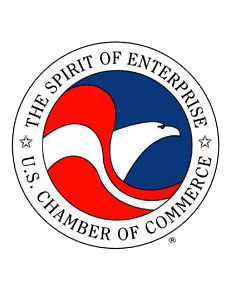 Job Searching starts with a good resume.
Job Searching starts with a good resume.
There are three common types of Resume.
Review each and decide which is best for you.
Resume Type One:
- You put “ALL” your schooling and the jobs you ever had from oldest to newest.
- Called: “Chronological Format” (you can Google this for examples)
- Best if you plan to keep the same type of job but just want to move companies.
- Difficult to use if you want to make a career change.
Resume Type Two:
- You put your strengths and skills into groups without adding specific dates.
- Called: Functional Format (or creative or skills format) (you can Google this for examples.)
- Best if you are a new graduate, have gaps in your education or employment history, or older people returning to work.
- Difficult to use because it is not always accepted by employers. This is because they may feel you are “hiding something”.
Resume Type Three
- You use some of type one “Chronological Format” and some of type two “Functional Format”.
- Called: “Combined format” (you can Google this for examples)
- Best if to highlight important skills or education from your past and can be easily changed for to match any different job you may be applying for.
- Difficult to use when employers want one page resumes
But no matter what resume type you choose remember that if you self-identify yourself as Deaf or Hard of Hearing you can also include on your resume that any assistive devices the company pays for, including interpreters, may be a Tax Deduction for them so that they are not worried about the company budget. For more information visit www.irs.gov under the tab for businesses or you the phone number for your local IRS branch at http://www.irs.gov/localcontacts/index.html and call for more information.








